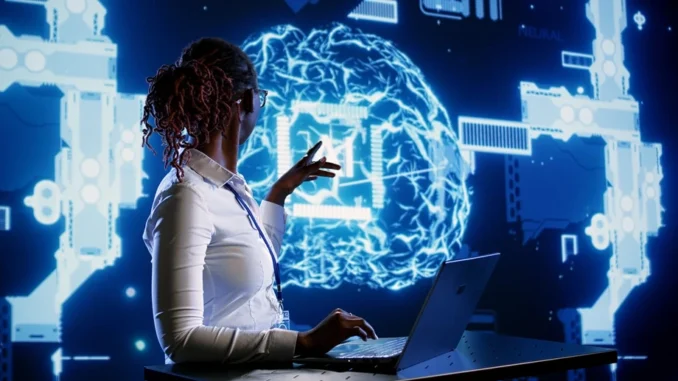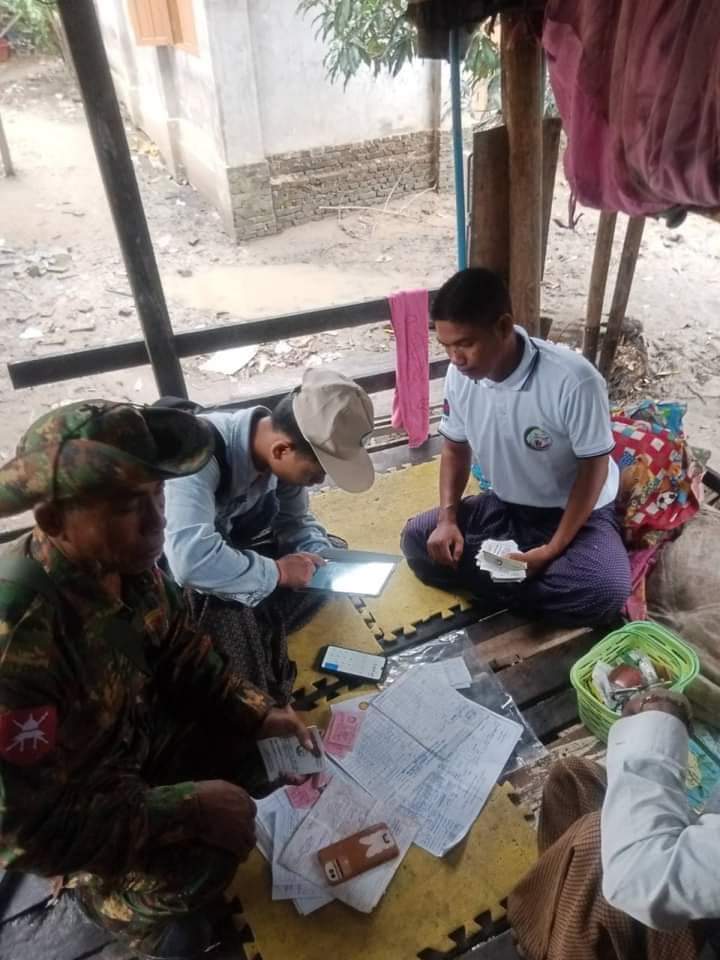
When Artificial Intelligence (AI) meets the Internet of Things (IoT), they create a powerful synergy that revolutionizes how systems operate, enhancing automation, efficiency, and data-driven decision-making.
This convergence leads to what is often referred to as “Intelligent IoT” or “AIoT.” Here’s a detailed look at what happens when these two technologies come together:








### 1. **Data Collection and Processing**
– **Real-Time Data Generation**: IoT devices continuously generate vast amounts of data from sensors, cameras, and other inputs.
– **AI-Driven Insights**: AI algorithms process and analyze this data in real-time, allowing for quicker insights and actions based on the information gathered from the IoT devices.
### 2. **Predictive and Prescriptive Analytics**
– **Predictive Maintenance**: AI can analyze data from IoT sensors to predict when equipment will fail, allowing organizations to perform maintenance proactively rather than reactively.
– **Decision Support**: AI can recommend actions based on historical and real-time data from IoT devices, helping organizations make informed decisions.
### 3. **Automation and Smart Systems**
– **Autonomous Operations**: AI can enable IoT devices to operate autonomously, adjusting actions based on environmental data without human intervention. For example, smart thermostats learn user preferences and automatically adjust energy settings.
– **Smart Cities**: AI can integrate data from various IoT applications (e.g., traffic lights, waste management, public transportation) to optimize city operations.
### 4. **Enhanced User Experience**
– **Personalization**: AI algorithms can analyze user behavior data from IoT devices to customize experiences. For example, a smart home system can learn a user’s routines and adjust lighting and temperature accordingly.
– **Voice and Virtual Assistants**: AI enhances IoT devices like smart speakers, enabling natural language interactions that improve user engagement.
### 5. **Security and Anomaly Detection**
– **Proactive Security Measures**: AI can monitor data patterns from IoT devices to detect anomalies that may signify security breaches or operational issues, allowing for rapid responses.
– **Data Encryption and Privacy**: Combining AI’s capabilities helps enhance data encryption methods and establish more robust privacy protocols for IoT deployments.
### 6. **Healthcare Applications**
– **Remote Patient Monitoring**: IoT devices collect health data (e.g., heartbeat, glucose levels), and AI analyzes this information to provide insights and alerts to healthcare providers or patients.
– **Chronic Disease Management**: AI models can assess data trends over time to tailor treatment plans for individuals with chronic conditions based on their specific needs.
### 7. **Supply Chain and Logistics Optimization**
– **Streamlined Operations**: AI can analyze shipping data, inventory levels, and IoT sensor information to optimize logistics, manage stock levels, and reduce waste.
– **Demand Forecasting**: By integrating data from various points in the supply chain, AI can predict demand fluctuations, helping adjust production schedules and resource allocation.
### 8. **Environmental Insights**
– **Smart Agriculture**: IoT sensors monitor soil conditions, weather, and crop health, while AI analyzes this data to optimize irrigation and fertilization schedules.
– **Energy Management**: AI can analyze data from IoT-enabled smart grids, optimizing energy consumption and minimizing costs based on real-time usage patterns.
### Challenges to the AI and IoT Convergence
– **Data Security and Privacy**: The vast data generated by IoT devices poses security concerns. Organizations must ensure data privacy and comply with regulations.
– **Interoperability**: Integrating different IoT devices and platforms can be challenging due to varying protocols and standards.
– **Complexity**: Developing and managing AIoT systems can be complex, requiring skilled expertise in both AI and IoT technologies.
### Conclusion
The intersection of AI and IoT creates innumerable opportunities for innovation across various sectors, including manufacturing, healthcare, agriculture, transportation, and smart cities. As these technologies continue to evolve and mature, their combined potential will enhance operational efficiency, improve user experiences, and help tackle some of the world’s most pressing challenges. The future of AIoT holds exciting possibilities, driving a more connected and intelligent world.

Leave a Reply